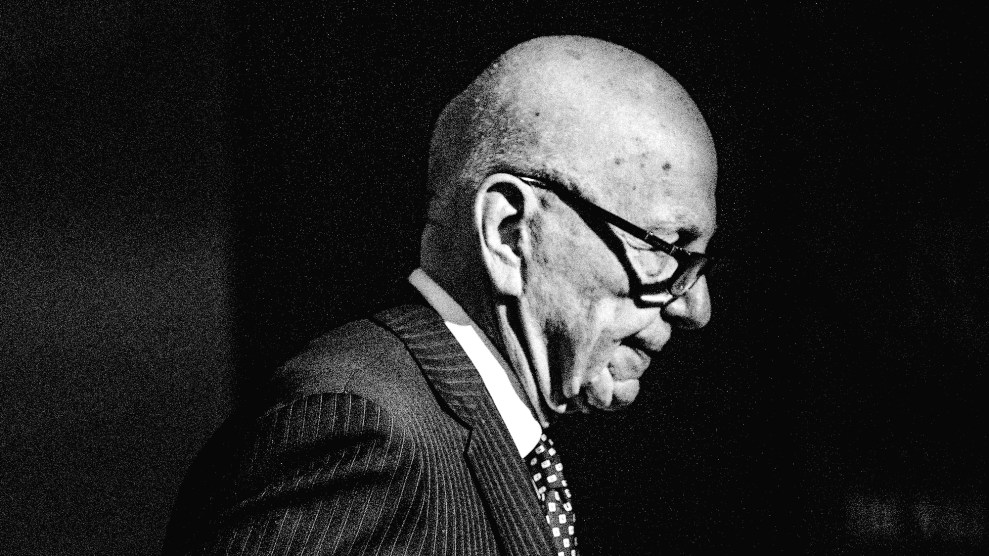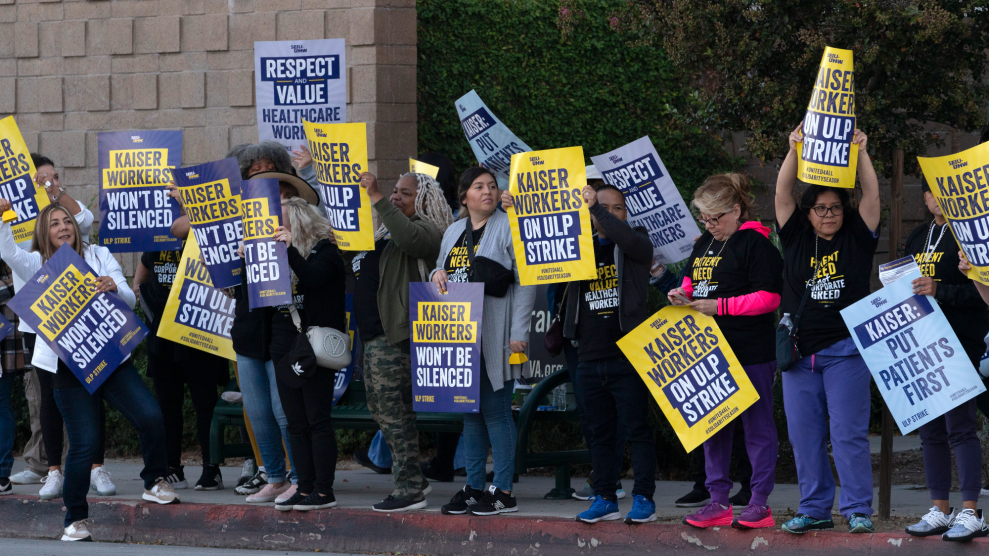Caricature Studies
The story of 19th-century political kingpin “Boss” Tweed’s downfall at the hands of Harper’s Weekly cartoonist Thomas Nast kicks off many a history of political cartooning — and Roger A. Fischer’s Them Damned Pictures: Explorations in American Political Cartoon Art (North Haven, Conn.: Archon Books, 1996) is no exception. The book takes its title from the corrupt New York City politician’s mandate to his cronies: “Stop them damned pictures. I don’t care so much what the newspapers say about me. My constituents can’t read, but, damn it, they can see pictures!” Fischer steers away from comprehensive history in favor of entertaining analysis. Especially interesting is a chapter on the stereotyping of ethnic and racial minorities.
Caricature doesn’t have to be a nasty enterprise, as Jay “Ding” N. Darling demonstrates in As Ding Saw Hoover (Ames, Iowa: Iowa State University Press, 1996). A nationally syndicated Iowa political cartoonist, Darling was close friends with the president. They shared both a conservative political philosophy and a passion for fishing. The book looks at a neglected side of caricature and a neglected president, who, despite Ding’s positive characterizations, is remembered in the end as the man who led America into the Depression.
British artist Roger Law is responsible for some of the most startling advances in the art of caricature since Nast. The co-founder of the British television series “Spitting Image,” Law elevated caricature from the flat newspaper page to the more three-dimensional TV with his grotesque and hilarious puppets — such as Margaret Thatcher as dominatrix. In his gorgeously illustrated autobiography, A Nasty Piece of Work: The Art and Graft of Spitting Image (London: Booth-Clibborn Editions, 1992), Law tells how he went from being a rock album graphic artist (Jimi Hendrix’s Axis: Bold as Love, and The Who Sell Out) to the worst nightmare of every public figure this side of Shanghai.
Net-surfing caricature aficionados should head for the Association of American Editorial Cartoonists Online (http://www.detnews.com/AAEC/AAEC.html). The Web site features portfolios and bios for members, including Larry Wright of the Detroit News and syndicated cartoonist Ted Rall, as well as information about current political cartoons and favorites throughout history. To state the obvious, this site is graphically rich — much of the typography is charmingly hand-drawn — yet doesn’t overdo it.
Sustainable Agriculture
The San Francisco-based Pesticide Action Network North America (PANNA) works with other PANs worldwide to “promote sustainable agriculture, food security, and social justice; and demands more support for safe alternatives.” The group’s Web site (http://www.panna.org/panna) offers articles, action alerts, and updates, as well as an online database. It also features a page with links to resources specifically about children and pesticides.
The Green Disk: A Journal of Contemporary Environmental Issues is published bimonthly on computer disk (both Mac and IBM). This paperless “publication” offers news and resources on organic farming and sustainable agriculture movements worldwide. To order, visit http://www.igc.apc.org/greendisk , e-mail a request to greendisk@igc.apc.org, or call (888) GRN-DISK
The Middle Class
AFL-CIO president John J. Sweeney calls for — what else? — a rejuvenation of the U.S. labor movement in America Needs a Raise: Fighting for Economic Security and Social Justice (New York: Houghton Mifflin, 1996). Sweeney casts his net far and wide by connecting the influence of a healthy labor movement with not only better wages and job security, but larger issues of social justice. Promoted as a manifesto, the work is a decent articulation of what has gone unspoken for too long in corporate hallways and legislative chambers.
The increase in wealth inequality during the Reagan years was comparable to only one other period in the 20th century: 1922-29, which led to the Great Depression. This is just one of the revelations in Top Heavy: The Increasing Inequality of Wealth in America and What Can Be Done About It (New York: The New Press, 1996), by Edward N. Wolff. A professor of economics at New York University, Wolff not only examines the unequal distribution of wealth in this country, but offers a possible remedy: a Swiss-style wealth tax that would raise about $40 billion a year.
Two new memoirs relate contrasting experiences of growing up seduced by the American Dream and waking up amidst a nightmare. Los Angeles Times Washington, D.C., correspondent Sam Fulwood III believed in the promise of a color-blind society. In Waking From the Dream: My Life in the Black Middle Class (New York: Anchor Books, 1996), he charts the death of that hope and his increasing rage. Fulwood’s story begins on an auspicious note, as his family enters the country’s first nonsegregated mainstream, and concludes on a sobering one, with his deployment as a black reporter to cover the aftermath of the L.A. riots.
In Blue Sky Dream: A Memoir of America’s Fall From Grace (New York: Doubleday, 1996), former Mother Jones editor David Beers chronicles a parallel arc. Growing up in a California enclave called the Valley of Heart’s Delight (better known today as Silicon Valley), Beers’ family bought into a wider, and more absurd, variation of Fulwood’s hope: a “blue-sky tribe” of homogenized suburbanites. Engineers and scientists like Beers’ father were recruited from deteriorating industrial cities to work in aerospace research at the onset of the Cold War, creating a new middle class. This perfect world of corporate security and federal largesse was eventually shattered by the realities of decentralization, downsizing, and the backlash against government.
Although less frequent, strikes still happen. For the latest developments, check out The Strike Page (http://www.igc.apc.org/strike), which features news of labor/management disputes as reported by workers and organizers around the world. The site provides a raw look at labor’s front lines, and includes tips on how Net-surfers can show solidarity, from products to boycott to addresses for letter-writing campaigns. Recent updates highlighted Underground subway drivers in London and defense workers in St. Louis.
Social Security
Sheryl R. Tynes offers a comprehensive political history in Turning Points in Social Security: From “Cruel Hoax” to “Sacred Entitlement.” (Stanford, Calif.: Stanford University Press, 1996) A sociology professor, Tynes draws from her own field as well as political science, history, and economics in fashioning a multileveled theory on the Social Security program’s genesis and development.
Edward D. Berkowitz’s Mr. Social Security: The Life of Wilbur J. Cohen (Lawrence, Kan.: University Press of Kansas, 1995) is less academic than Tynes’ book and benefits from the homey amiability of its subject. In relating the life and times of the former secretary of health, education, and welfare, Berkowitz tells the story not only of Social Security, but also of the establishment of disability insurance and Medicare. JFK dubbed Cohen “Mr. Social Security,” and LBJ, who appointed Cohen to his Cabinet, praised him as the “planner, architect, builder, and repairman on every major piece of social legislation [since 1935].”
Sometimes it’s easy to forget, but Social Security is not just an American dilemma. In Challenges to Social Security: An International Exploration (Westport, Conn: Auburn House, 1996), editors James Midgley and Martin B. Tracy bring together perspectives on social security systems in places as far-ranging as Uruguay and the Netherlands.
Former police chief Tony Bouza indicts corruption, crime, and greed in The Decline and Fall of the American Empire: Corruption, Decadence, and the American Dream (New York: Plenum, 1996). As Wall Street and conservatives vilify senior citizens as the worst threat to future economic prosperity, Bouza turns the tables, examining white-collar crime, politicians, and the Mafia.
The voices of older Americans come through loud, clear, and artistic in Grow Old Along With Me: The Best is Yet to Be (Watsonville, Calif., Papier-Mache, 1996). This collection of poems, short fiction, and photographs, edited by Sandra Haldeman Martz, strives to carve a space in our national consciousness for images other than those put out there by the AARP and McDonald’s recruitment ads.












